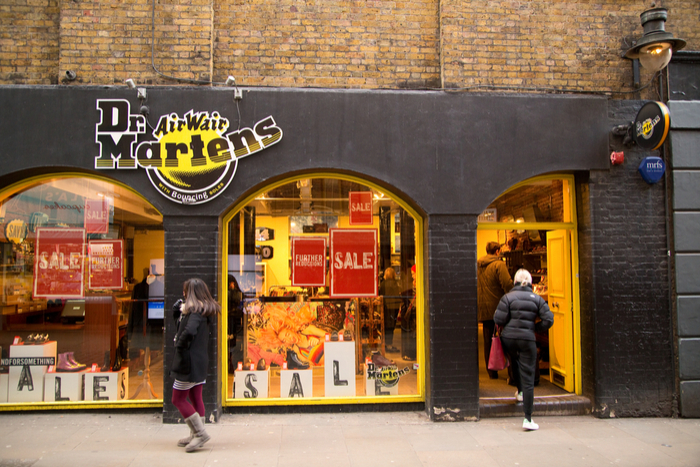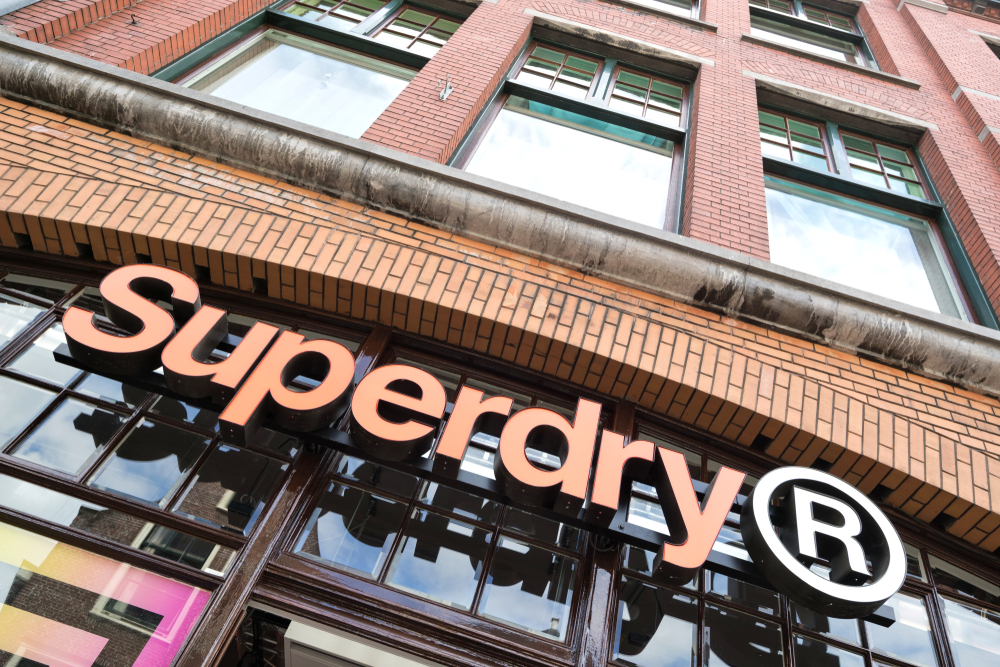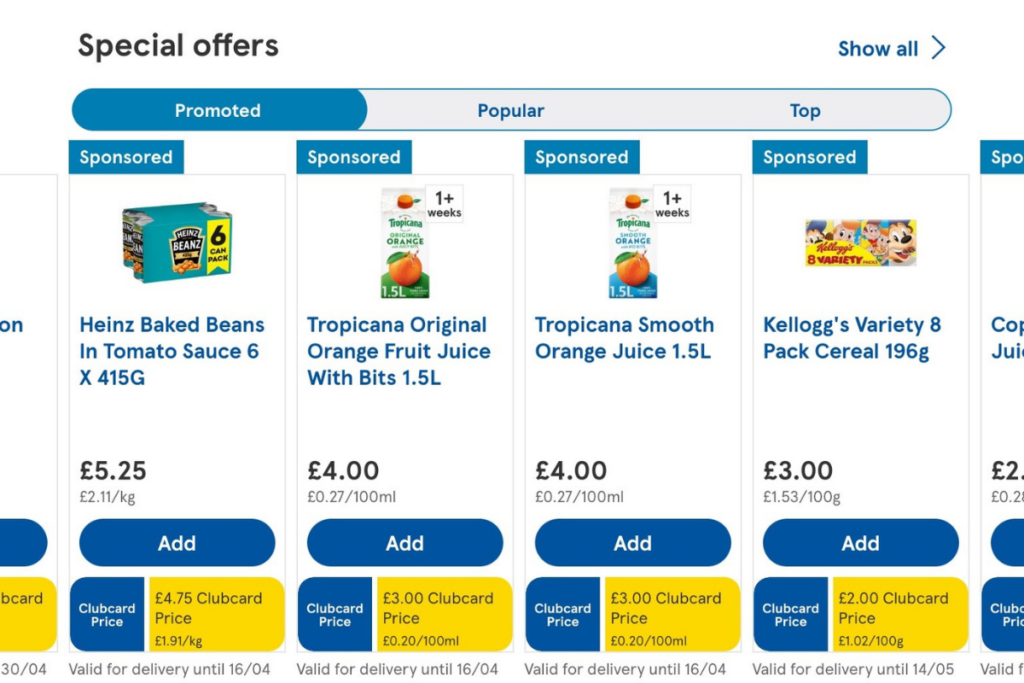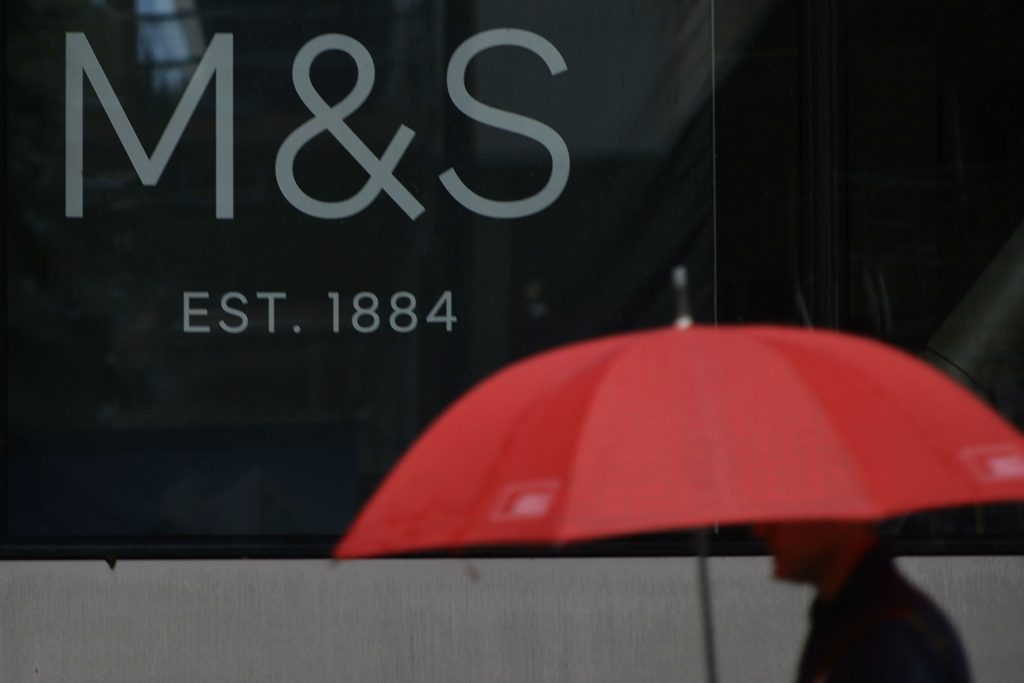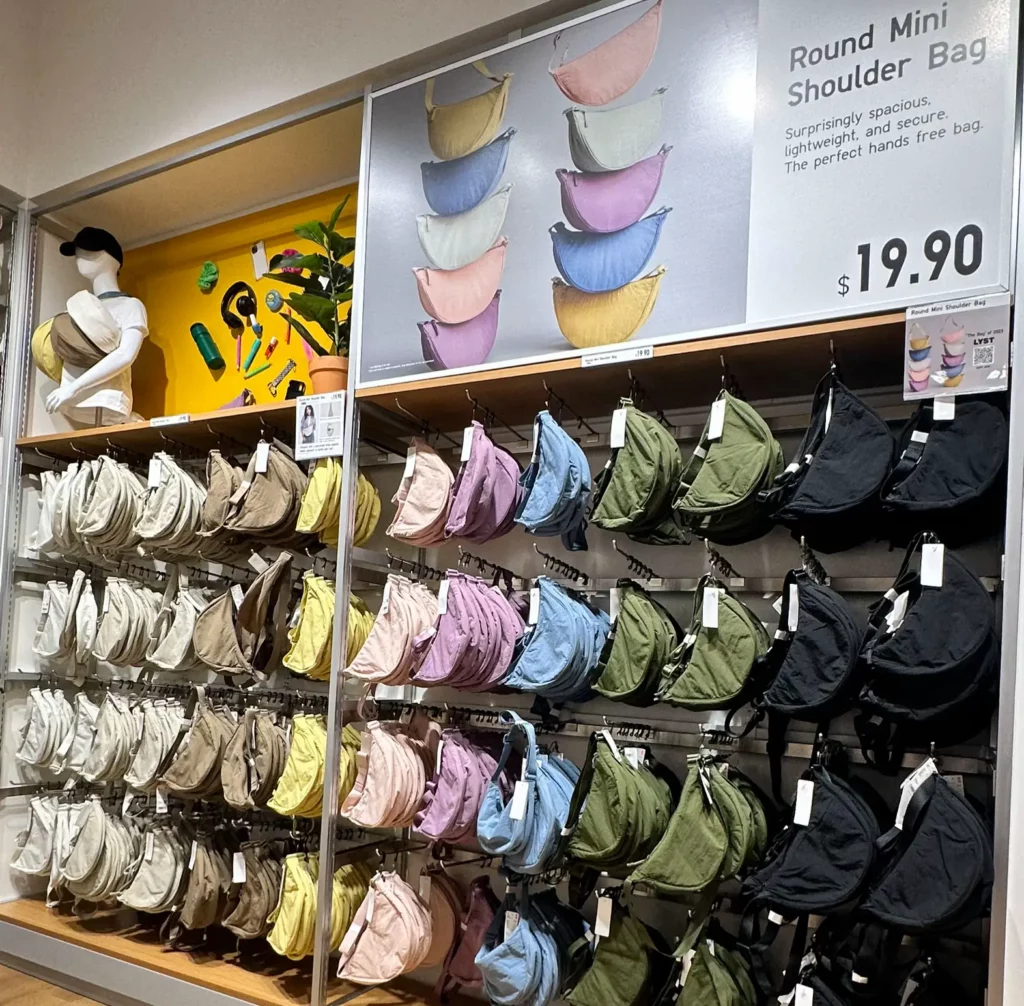Apple has announced that its new Apple Watches will be on show at a number of its physical stores for two weeks before the first devices hit shelves. It‘s a completely new product category for Apple, and the majority of prospective buyers will have never used anything like it before, but this demo period will give people a chance to try the Watch on and better understand what it can do.
This isn‘t a new tactic – in fact, Steve Jobs credited Apple Store demos as the key to persuading so many people that the first iPad was something they couldn‘t live without. Apple has a history of changing consumer behaviour by creating new devices that are more accessible for the mass market. It also tends to maintain ‘last mover‘ advantage, taking its time over new products and identifying gaps in the market not being filled by its competitors.
Because the Apple Watch is so different to anything else the company has ever produced, it too needs the iPad treatment. This is a truly omnichannel approach marrying a concerted digital push with a strong in-store experience – Apple is clearly mindful of the fact that all the beautiful product videos and keynotes in the world will mean nothing if people can‘t actually hold it in their hands.
Apple has already created the perfect retail environment for consumers to discover and experience new technology – Apple Stores are beautifully designed and combine hands-on product testing with expert staff on hand to offer a helping hand. Shoppers are given one-to-one time in order to properly understand the potential of a new, unfamiliar product in a familiar, secure setting.
This considered approach for the Apple Watch has been complemented by a very obvious push into the luxury and fashion markets, where an enhanced retail experience is an essential element. Angela Ahrendts joined from Burberry last year, a company known for experimenting with digital, in-store and on the catwalk, and was tasked with reinventing Apple‘s online and offline retail experience ahead of the Watch launch.
Apple took out a 12-page ad in Vogue US and is also experimenting with its in-store displays for the Watch as it looks to higher net worth individuals as a key audience. This follows criticism from wealthy shoppers that its stores are too busy – perhaps an argument that Apple has become a victim of its own success. It‘s not yet known what these new displays will look like, and it remains to be seen whether those considering their next Rolex will see a smart watch as a viable alternative.
If ever there is going to be a tipping point in the mass adoption of wearable technology, it will be initiated by Apple. The company still has a real job on its hands to convince customers to buy its newest gadget, but it is in a stronger position than almost any other brand in the world and the Apple Watch launch will no doubt be a huge success.
That is in no small part thanks to a best-in-class retail strategy that has been sculpted over many years, putting in-store at its heart and creating the seamless omni-channel experience we see today. Bricks and mortar stores are certainly alive and kicking, and digital natives including Google and Amazon are also following Apple‘s success by opening their own physical retail stores.
The two weeks prior to launch will see Apple‘s in-store experience come to the fore, and the hands-on time given to consumers will go a long way to convincing a few sceptics to part with their hard-earned cash. On April 24 there will be huge queues at Apple Stores worldwide, and the wearable tech revolution will begin.
Peter Veash, CEO of The BIO Agency


